The Quirky Type B Bus ‘Pigeon Loft’: A Battlefield Oddity On The Western Front
Throughout history, war has seen its fair share of unusual machines, but few were as intriguing as the Type B Bus “Pigeon Loft.”
These quirky vehicles were a familiar sight among Allied forces during World War I, serving an unexpected yet vital role.
Despite their peculiar design—essentially a moving home for messenger pigeons—the buses played a critical part in battlefield communication.
A Battlefield in Transition: Innovation Meets Tradition
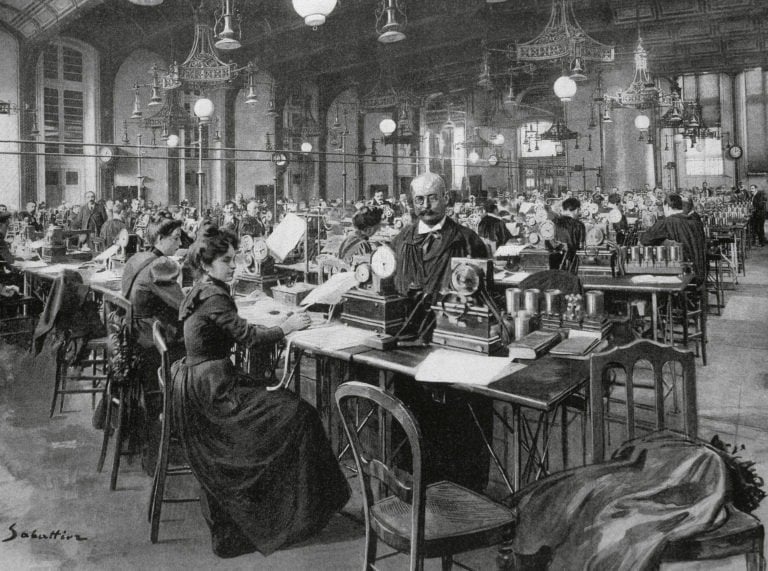
As the world plunged into the chaos of World War I, the battlefield was a blend of cutting-edge technology and age-old tactics.
Tanks roared across no man’s land, machine guns unleashed unprecedented firepower, and the telegraph promised rapid communication.
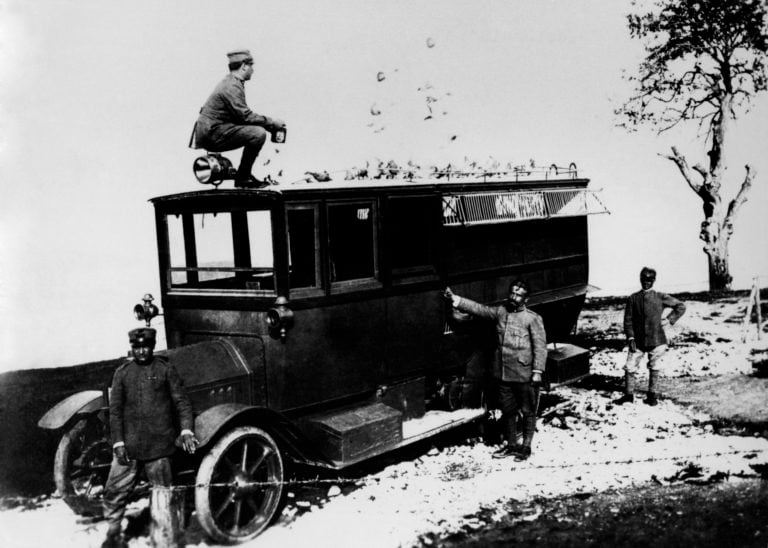
However, these advances came with limitations. Telegraphs, while revolutionary, were cumbersome and unreliable on the battlefield. The need for swift, dependable communication was paramount.
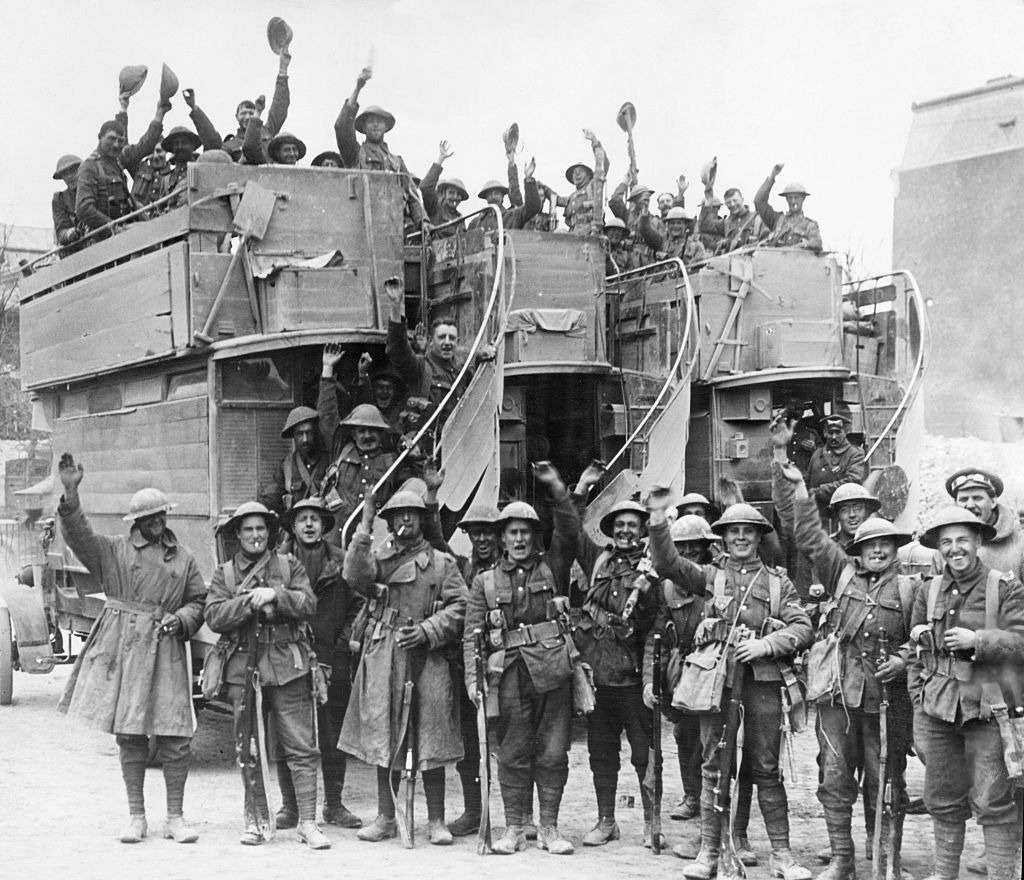
This is where the ingenuity of military commanders came into play. They turned to an ancient messenger—carrier pigeons.
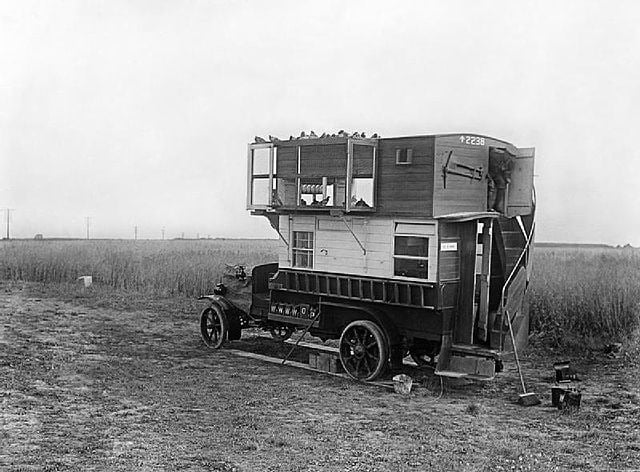
These birds had been used for communication since as far back as the 6th century BC Persia, and their ability to navigate vast distances proved invaluable to armies facing the demands of modern warfare.
The Perfect Messenger: Why Pigeons Were Essential
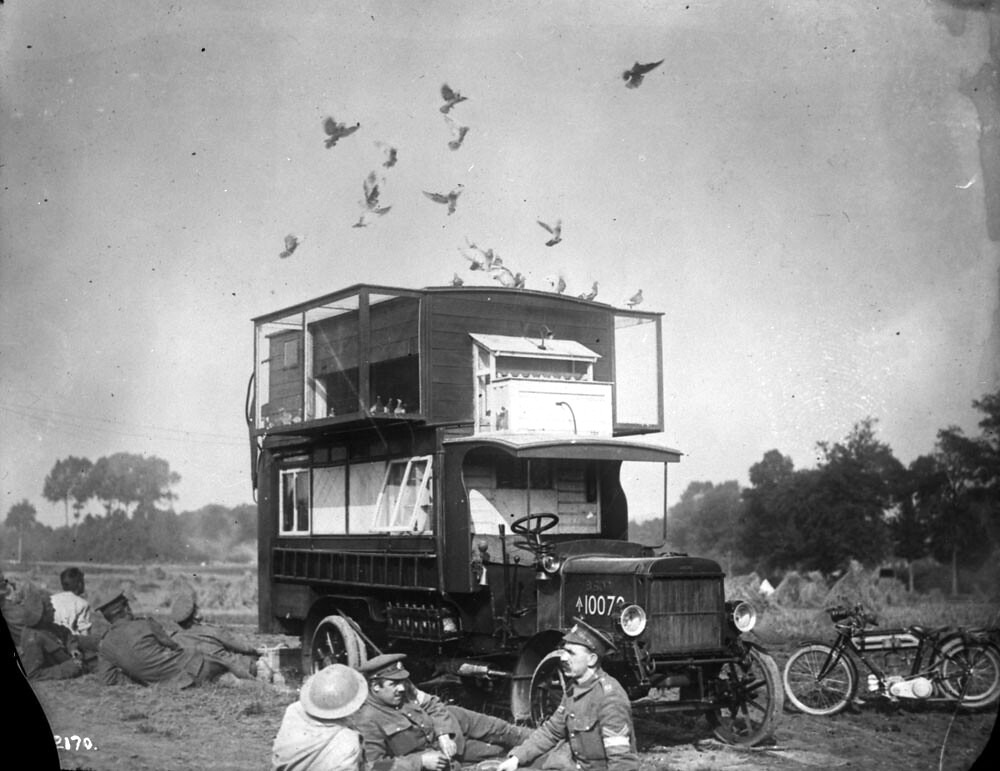
Carrier pigeons were not chosen by chance. They possessed extraordinary homing instincts, allowing them to fly back to their lofts from miles away.
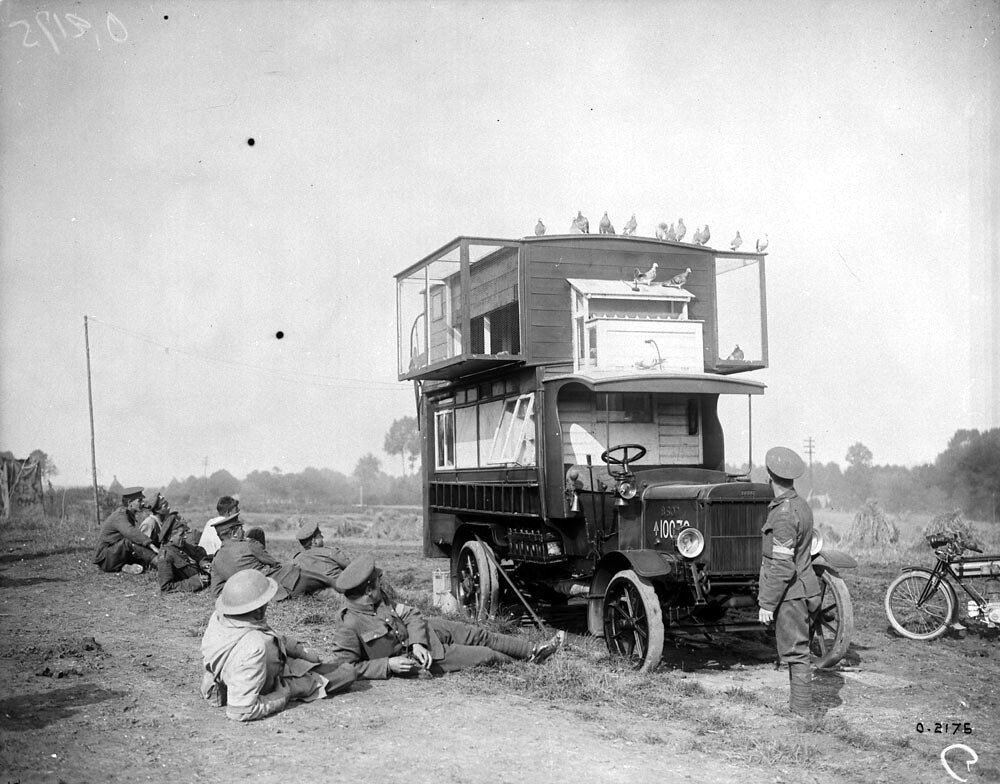
At speeds of up to 60 miles per hour, these birds could deliver messages faster than soldiers on foot or horseback.
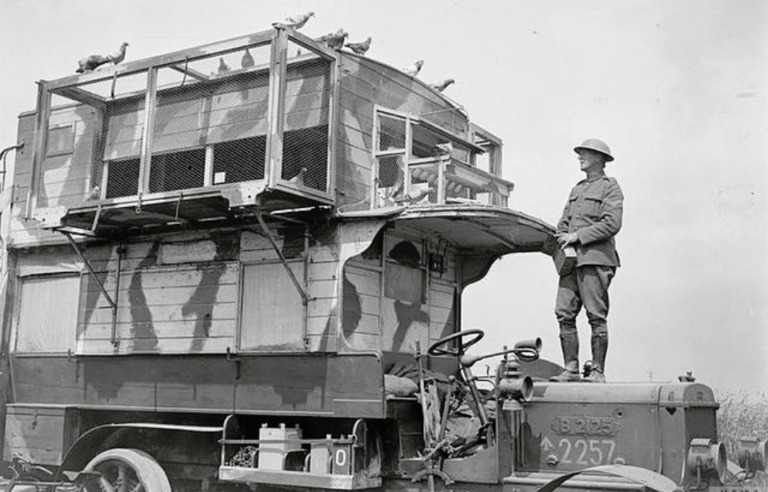
Pigeons were lightweight and required no fuel—qualities that made them ideal for wartime communication in trench-ridden, perilous landscapes.
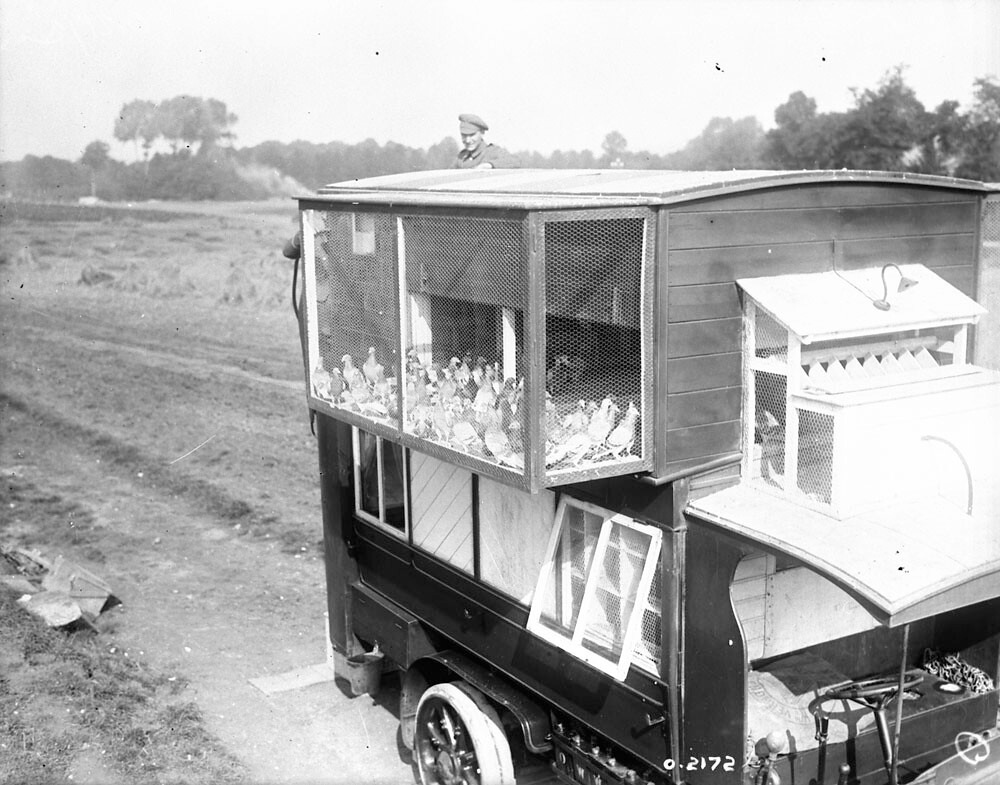
In 1914, during the intense German advance toward Paris near the River Marne, pigeons carried critical messages that saved the Allies from disaster.
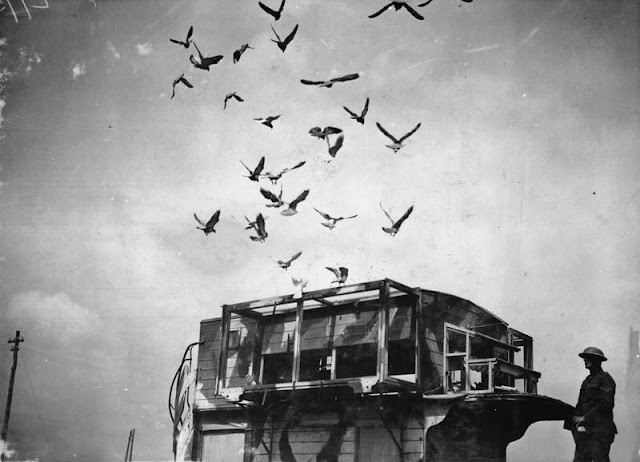
A message delivered by pigeon to the command headquarters allowed troops to regroup, a decisive moment that changed the course of the battle.
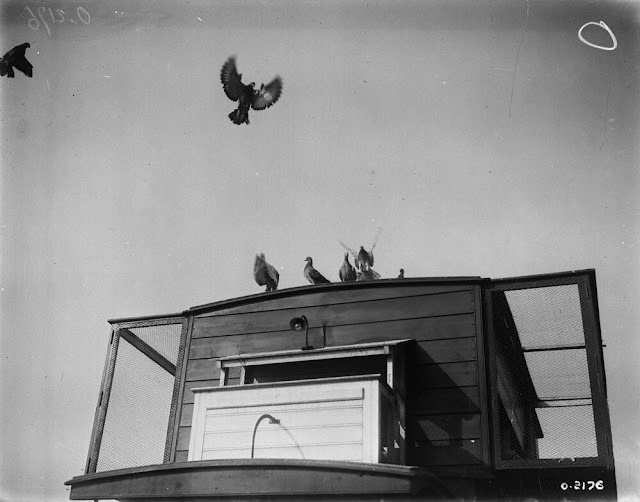
This old-world solution provided a reliable method of communication when new technologies faltered under the pressure of war.
The Evolution of the Type B Bus “Pigeon Loft”
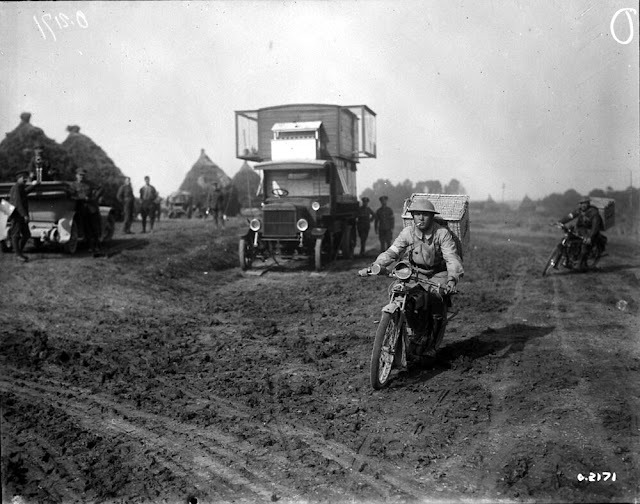
While pigeons were the stars of battlefield communication, their living quarters also played a crucial role.

Enter the Type B Bus “Pigeon Loft”—a retrofitted double-decker bus from the streets of London that became a mobile birdhouse on wheels.
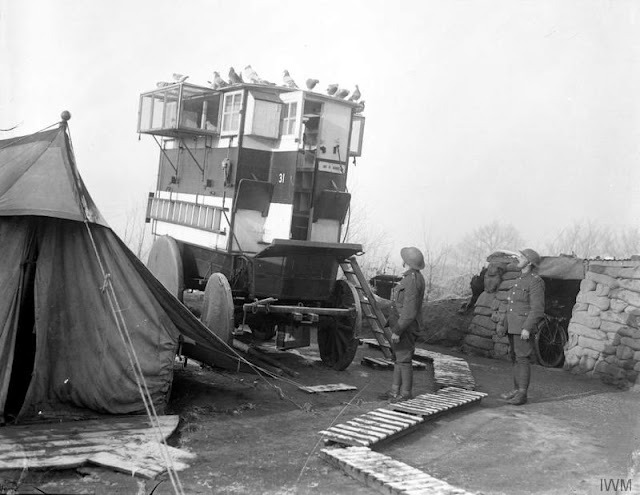
Initially, pigeons were housed in horse-drawn carriages, but the challenges of war necessitated more durable and adaptable vehicles.
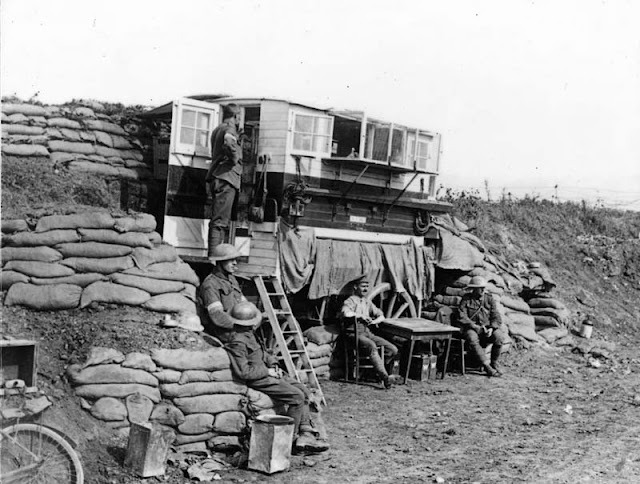
These buses, once bustling with passengers, were stripped down and redesigned. Passenger seats were removed, windows were boarded up on the first floor, and nets were installed on the second level, allowing the birds to fly out swiftly when deployed.
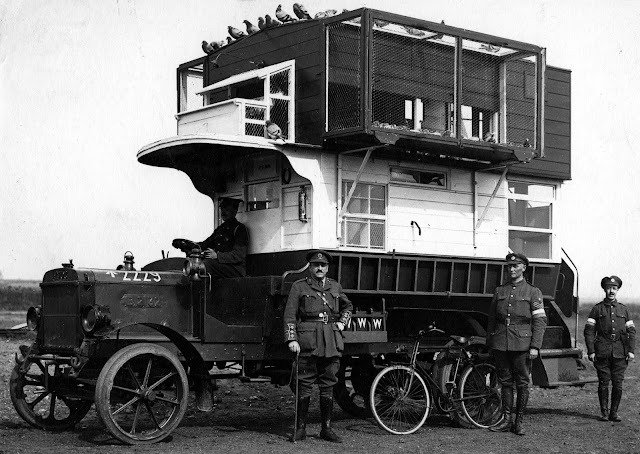
This transformation turned an ordinary city bus into a key component of battlefield logistics.
The British Army used these mobile pigeon lofts to transport large numbers of pigeons to the front lines, ensuring a constant supply of birds for communication purposes.
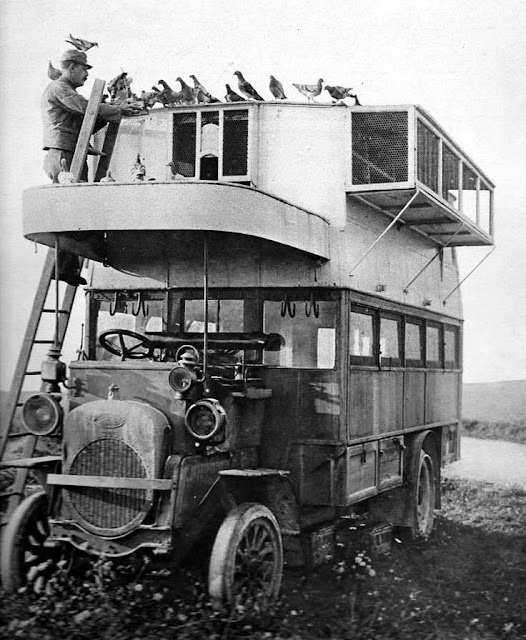
The innovation was not only practical but symbolized the resourcefulness of armies during World War I.
Heroic Feathers: Cher Ami and Other Brave Birds
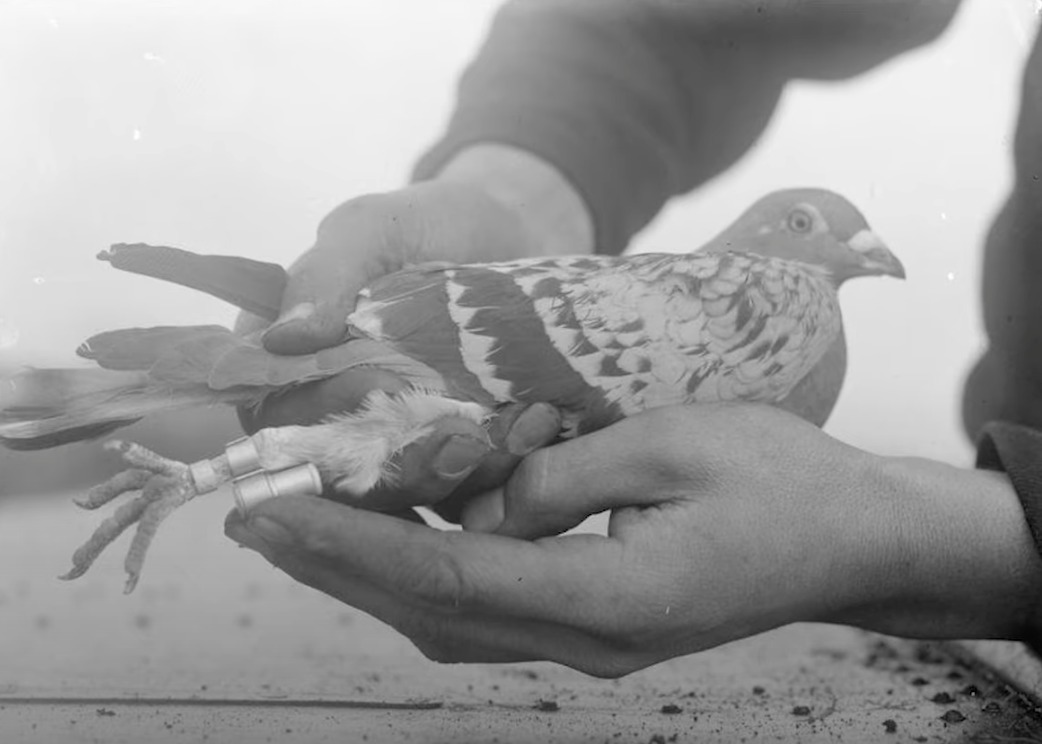
Not all pigeons were mere messengers—some became war heroes. One of the most famous was Cher Ami, a carrier pigeon whose actions in 1918 earned her one of France’s highest military honors, the Croix de Guerre.
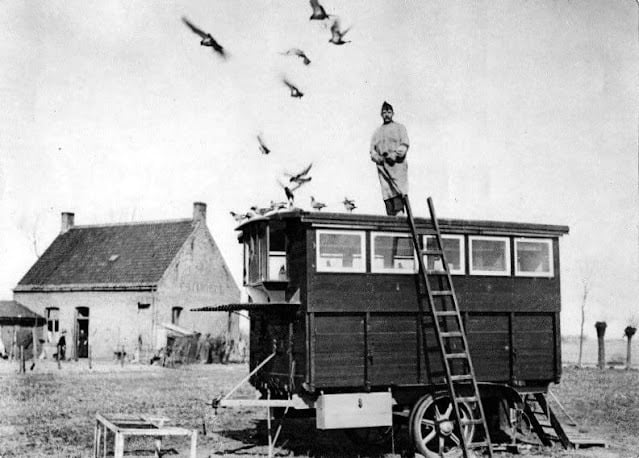
Cher Ami was part of an American battalion trapped behind enemy lines, surrounded by German forces.
Desperate for help, the soldiers released several pigeons, but Cher Ami was the only one to make it through, delivering the plea for aid and saving nearly 200 men.
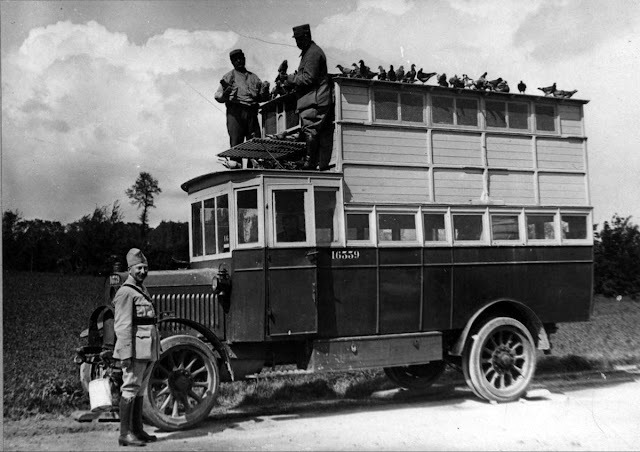
Severely injured during her flight, with a bullet wound in her chest and a damaged leg, Cher Ami managed to complete her mission in just half an hour.
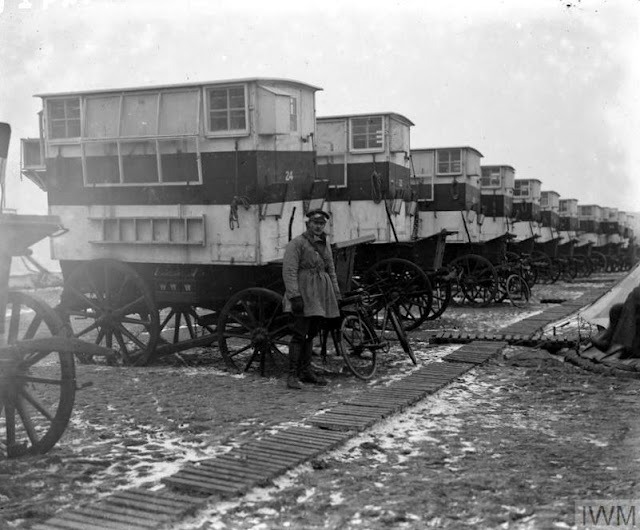
Her bravery became legendary, proving that even the smallest creatures could make the greatest difference during wartime.

